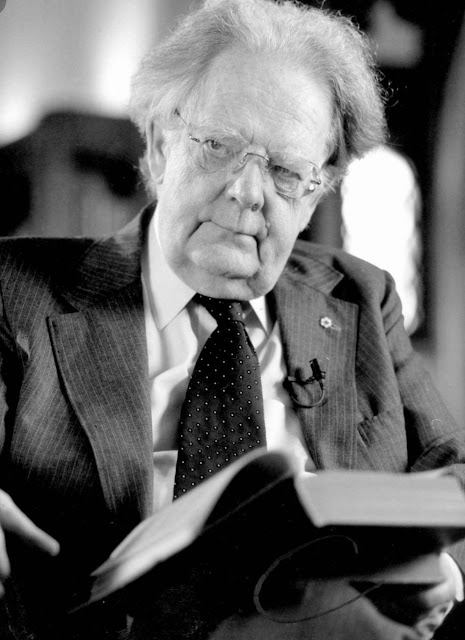Thinking activity on Frankenstein novel

Thinking activity on Frankenstein novel is written by Mary Shelley. Mary Shelley is one the most famous Romantic writer. When Shelley travelled through Europe in 1814, she visited Frankenstein castle. Morever Mary, Percy and Lord Byron decided to have a competition to see who could write the best horror story. After thinking for days, Shelley dreamt about a scientist who created one creature and it was horrified by what he had made her dream later evolved into the novel's story. As per my task questions related to this link so Click Here Here I give answer of the following questions. Generally I am not use to seen dream and minutely I have seen dream but I don't remember proper thing. Hardly I remember one dream. I had seen one dream about forest. At that time I felt fear when I had seen dengour animal and these animal run behind me. Then I awake and think about this dream , I felt that it is only our mind conflict. According to psychologist we see any thing



